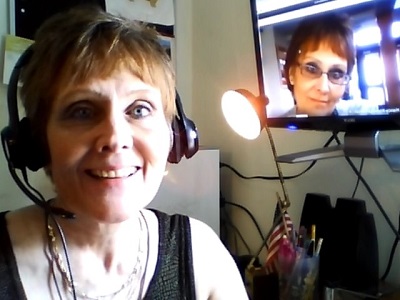Your Health And Tech Friend Magazine! ~(Cover Page)


|
|
Sebaceous cysts (epidermal cysts) may be a foreign term to you, but many women have indeed experienced them -- perhaps without really knowing what they were at the time.
Sebaceous cysts are small lumps or bumps just under the skin. To be more specific, they are closed sacs that contain keratin -- a "pasty" or "cheesy" looking protein that often has a foul odor.
Although they are usually found on the face, neck, and trunk, they also occur in the vaginal area or other parts of the genitalia. In cases of the latter, it is not uncommon for women to fear that they are the result of genital herpes. But genital herpes create a blister-type sore that eventually becomes crusty, not just a bump or lump under the skin.
Sebaceous cysts are often the result of swollen hair follicles or skin trauma.
Sebaceous cysts are usually painless, slow-growing, small
bumps or lumps that move freely under
the skin. It's important not to touch or try to remove the substance inside to prevent tenderness, swelling, and infection of a sebaceous cyst.
Occasionally, infections may occur. Signs or symptoms
that may indicate infection of sebaceous cysts include:
Sebaceous cysts, to the trained eye, are usually easily diagnosed by their appearance. In some cases, a biopsy may be necessary to rule out other conditions with a similar appearance. You should see your doctor to get a formal diagnosis if you suspect that you have a sebaceous cyst.
Sebaceous cysts most often disappear on their own and are not dangerous. As stated, however, they may become inflamed and tender. Sometimes sebaceous cysts grow large enough that they may interfere with your everyday life. When this happens, surgical removal may be necessary, and this procedure can be done at your doctor's office. Small inflamed cysts can often be treated with an injection of steroid medications or with antibiotics.
If sebaceous cysts become infected, they can form into painful abscesses.
The surgical removal of a sebaceous cyst that does not involve the excision of the entire sac may cause the cyst to come back (although, recurrence is not usual).
Remember to consult your healthcare provider anytime you notice any type of growth, bump, or lump on your body. Although sebaceous cysts are not dangerous, your doctor should examine you to ensure that another more dangerous concern is not present.
(Please click the heading to text and source)